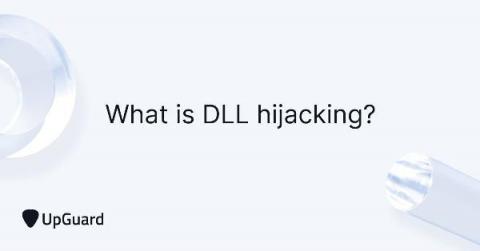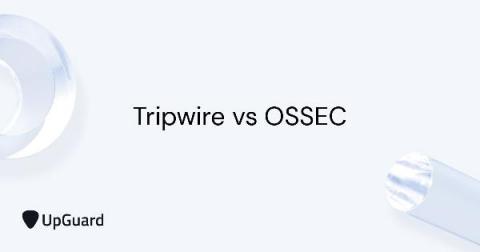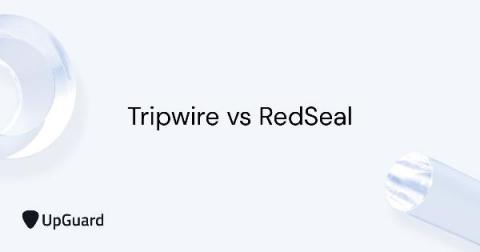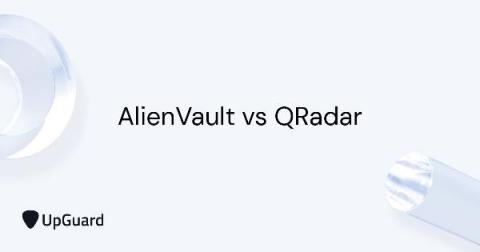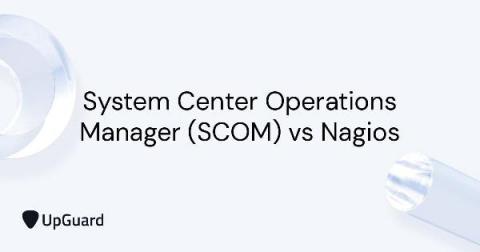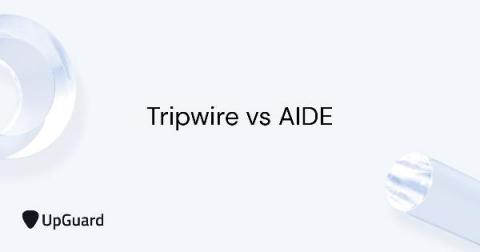Five Things to Know About Third Party Risk
It's no longer enough to simply ensure that your organization's systems and enterprise web presence are secure. Your risk management program needs to look beyond the perimeter of your organization to properly vet the third and fourth-party vendors who will have access to your data without being subject to your internal risk management process. The use of third parties in your supply chain or for data handling create potential risks that can be compounded by these third-party weaknesses.



